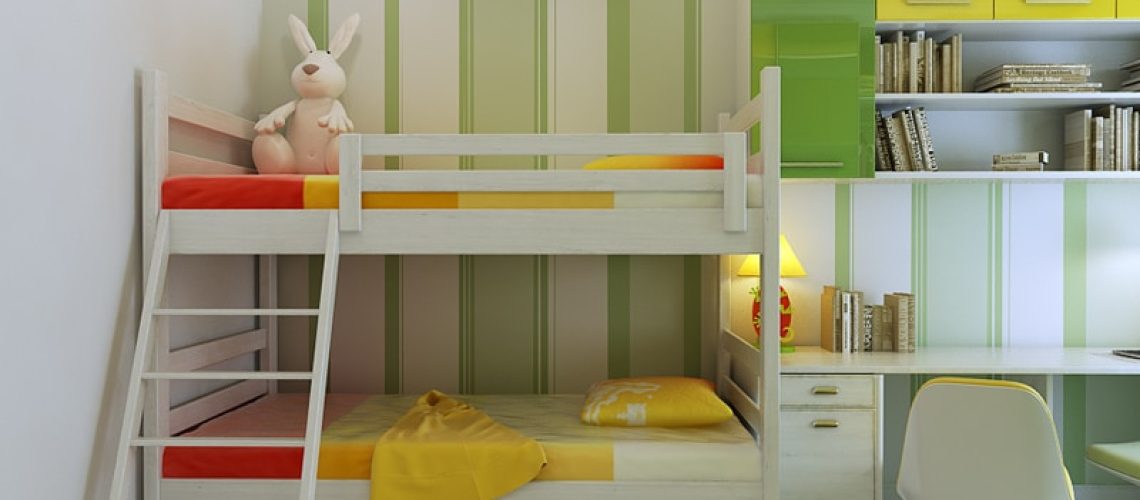Selecting paint colours or colour schemes for a child’s bedroom is supposedly a simple task. However, this is not often the case given the numerous options available. Overwhelmed, some parents just end up relying on what they know or previously used, instead of trying out something new or different. Don’t let this happen to you. There are measures you can take to make this task fun and exciting for you and your child. Below are some tips on how you can make this happen.
Choose the colours with your child. Being the occupant of the room, your child, whether he is three or thirteen, deserves a say on how to decorate the room, including the colours which should be used. Worried that he might pick something too bold or something you don’t like? You can avoid this by limiting his options. Pre-select three to five colours you both like (or matches your theme or house colour palette), then ask him to pick one. This technique is particularly effective with the younger ones. You can even make the selection process fun and interactive by asking him to paint foam boards using the pre-selected colours. Once the boards are dry, ask him to choose which one he prefers to see on his bedroom walls.
Another strategy you can employ is to use the colour he likes only on an accent wall. This way, should he change his mind later on, you wouldn’t have to repaint the entire room.
Select colours that match the design of your house. While your child’s room is a space where you could exercise creative freedom or showcase his personality, it’s still important that your chosen colour scheme is in line with the style of your house. This means going for softer hues over bright ones if you have a traditional home.
Keep the future in mind when choosing bedroom colours. Your child is most probably going to occupy the room until he leaves your home. Consider this possibility when picking colours to avoid having to repaint it after a few years. Choose sophisticated, neutral colours or colour schemes which can transition or “grow” with your child such as navy blue paired with white and/or khaki for a boy’s room.
How do you achieve this at the same time give your child a sense of ownership? What you can do is to use neutral shades for the three walls. Then, designate one as the accent wall which you can personalise depending on your child’s interest – perhaps, paint it with his current favourite colour or place a mural or decors related to his interests. Apart from ensuring that the room reflects your child’s personality, this strategy also allows you to save time and money since you’d only need to repaint or redo one wall when your child’s wants or interests change.
Pick colours based on the mood or behaviour you want the room to elicit from your child. Studies reveal that colours have an impact on people’s behaviour, mood, sleeping habits, memory and school performance. Blue is ideal if you want the room to have a calming and relaxing effect. Meanwhile, apart from being associated with happiness, yellow is believed to improve concentration and memory, making it ideal for the rooms of school-aged children. Lilac, just like blue, also has a soothing effect while green is associated with improving reading speed and comprehension in children.
Learn more about colour schemes for your kid’s bedroom from our professional painters, call us at 086 608 1817 / 085 139 0233.
—
Image Attribution: Photograph by jinkazamah [CC BY 2.0], via Flickr
Image Resource: https://www.flickr.com/photos/jinkazamah/5970813422/in/photostream/
